The Actual History Behind The Invention Of Peanut Butter Is Far From Smooth
By Claire Harding
Is there any food more American than a PB&J? Whether it’s slathered on bread or eaten straight from the jar, peanut butter has been a family favorite for generations. But most people aren't aware that the sticky-savory cupboard staple has a strange history that goes back centuries... and parts of it are surprisingly dark.
From the Incan Empire to Reese's Pieces
Today, peanut butter can be found in almost every American home, generating sales worth well over $800 million every year. But it hasn’t always been such a money-maker. From the Incan Empire to Reese’s Pieces, the story of this moreish spread spans across time — and brings some sinister characters into the mix.
An eccentric inventor
So who really invented the peanut butter that we know and love today? And what was the inspiration behind the creation that’d change the face of sandwiches for good? The truth will take us to the troubled hallways of a Michigan sanitarium, where the eccentric proprietor’s experimenting with a bizarre new food.
Ancient history
According to the National Peanut Board, peanuts, which are actually a type of legume, were first cultivated in South America, likely in Brazil or Peru. Admittedly, archaeologists have yet to discover fossil records to confirm these claims, but the crop appears in artistic depictions dating back some 3,500 years.
Offerings to the spirit world
Later, in around 1500 B.C., Peruvian Incas began including peanuts in their sacrificial rites. Apparently, they even buried the legumes alongside their mummies, hoping that the offerings would assist the transition of the dead into the afterlife. And on the other side of the Andes Mountains, Brazilian tribes would grind them up with maize to create a savory drink.
The conquistadors
For hundreds of years, peanuts formed an important part of the indigenous diet in South America. Then, in 1500 the Portuguese navigator Pedro Álvares Cabral arrived on Brazilian shores, kick-starting a period of European colonization. And before long, the conquistadors had stumbled upon this prolific crop, which flourished as far afield as Mexico.
Spreading across the world
On one of their frequent return journeys to Europe, the conquistadors carried a supply of peanuts, bringing the legume to a new audience. There, it soon proved a hit, quickly spreading out further across the world. And when the transatlantic slave trade took off later in the 16th century, Africans carried the crop with them across the ocean.
Early peanut farming
Despite the popularity of the peanut elsewhere, though, it’d take another few centuries before it became a widespread commercial crop in North America. According to the National Peanut Board, the legumes were initially cultivated in Virginia, where they were mainly seen as a source of food and oil. But during that period they still had a reputation for being tricky to farm.
The Civil War
Because of the apparent difficulties associated with farming peanuts at this time, they were typically used to feed farm animals rather than humans — though poor families would also have eaten them. Over time, though, the crop grew in popularity. And when the Civil War broke out in 1861, troops found that the legumes were a tasty, nutritious, and practical snack.
The circuses come to town
After the Civil War, the circuses, led by the eccentric showman P.T. Barnum, came to town. And alongside the shows, patrons were also introduced to peanuts, served roasted and hot. Soon, similar carts began appearing up and down the country, becoming a fixture at sporting events.
A timely invention
Back then, farmers had little choice but to pick the peanuts by hand — a time-consuming practice that limited the commercial viability of the crop. All that changed, though, in the early 20th century, when machines that automated the process came on the scene. And with these technological advances, demand for the crop skyrocketed across America.
George Washington Carver
At the same time, cotton — previously one of North America’s most popular crops — was going through a difficult time. As swarms of beetles devoured the fields, African-American scientist George Washington Carver discovered evidence that the plants were decimating the soil in which they were grown. And so, he proposed peanuts, along with vegetables such as sweet potatoes, as a viable alternative.
Slavery
Born into slavery in Missouri in the 1860s, Carver would go on to become one of the leading scientists of his age. And with the help of peanuts, he empowered countless black farmers to break away from the oppressive cotton trade and become successful businessmen in their own right.
The versatile peanut
According to reports, Carver came up with hundreds of different recipes and products that utilized the humble peanut in a variety of ways. As well as an ingredient in unlikely foodstuffs such as coffee, lemon punch, and mayonnaise, he claimed, the legume could also be used to make plastic, cosmetics, and even glue.
John Harvey Kellogg
Today, though, the popularity of the peanut is largely down to its status as the main ingredient in America’s favorite nut butter. But how did that particular road to success begin? Well, historians typically credit a number of individuals with inventing the beloved spread. But the man most often associated with it is John Harvey Kellogg, of breakfast cereal fame.
Seventh-day Adventists
Unfortunately, this association has also given the history of peanut butter a dark twist. Born around a decade before Carver in Tyrone, Michigan, Kellogg was part of a family committed to Seventh-day Adventist beliefs. According to their doctrine, a vegetarian diet and holistic approach to health were crucial to the human condition.
Battle Creek Sanitarium
Assuming that the Second Coming of Christ was about to occur, Kellogg’s parents didn’t see the need to send their son to school. But the boy educated himself, eventually going to medical college. After graduating, he took a senior position at the Battle Creek Medical Surgical Sanitarium — a cross between an upmarket spa and a hospital located in Calhoun County, MI.
A holistic approach
There, Kellogg promoted the Seventh-day Adventist approach to life as the cure to his patients’ ailments, extolling the virtues of temperance and certain foods. And over the course of his career, he developed a number of vegetarian dishes — including the corn flakes that are still linked with his name today.
Kellogg's dark side
But Kellogg was also a eugenicist who believed that the mixing of races was detrimental to mankind. And for the final three decades of his life, he devoted himself to promoting this extremely dubious cause. If that wasn’t enough, he held that mentally disabled people should be forcibly sterilized as well.
The birth of peanut butter
In other words, Kellogg wasn’t a particularly pleasant man. But without him, we might not have the peanut butter that’s loved by so many Americans today. While at the Battle Creek Sanitarium, you see, the eccentric doctor patented a “food compound” consisting of nuts that’d been boiled and then crushed down.
The forefather of popular brands
The year of the patent was 1895, putting it among the first examples of peanut butter known to history. A year previously, it’s reported, a Canadian man named Marcellus Gilmore Edson had registered a similar product, though his was made with roasted, not raw, legumes. And today, Kellogg’s compound is generally regarded as the forefather of popular brands such as Skippy and Peter Pan.
Easy to digest
But why did Kellogg decide to make, of all things, a butter out of nuts? Well, the idea was, it seems, to create a soft foodstuff that’d be simple for his struggling patients to eat. And while he initially tried out the use of almonds in his recipe, he soon settled on the less expensive and more abundant peanuts.
Meat substitute
According to a January 2021 article in Smithsonian Magazine, Kellogg described his new compound as “the most delicious nut butter you’ve ever tasted in your life.” The product was full of protein, and he believed that it could serve as a practical substitute for meat — a substance that Seventh-day Adventists dismissed as a dangerous aphrodisiac.
Far from a backwoods operator
But Kellogg was far from a backwoods operator peddling peanut butter in the depths of Michigan. At the time, the Battle Creek Sanitarium was one of the leading health resorts in the whole of America. And with the help of high-profile clients such as Henry Ford and Amelia Earhart, this innovative new food stuff soon took off.
The Lambert Food Company
Within a year of Kellogg’s patent, the women’s magazine Good Housekeeping was telling housewives how to produce their own peanut butter. And by the close of the 1800s, a Battle Creek Sanitarium worker had created a device to generate the compound on a grand scale. Founding the Lambert Food Company, he distributed the machinery and raw ingredients required for firms across America to begin producing the increasingly popular spread.
World War One
With the outbreak of World War One, peanut butter became less of a quirky foodstuff and more of a necessity, as rationing left protein sources in short supply. But though it was nutritious, the spread was impractical to store, requiring regular stirring to ensure that the oil didn’t detach from the paste.
Joseph Rosefield
Eventually, the problem was solved by an American named Joseph Rosefield, who patented the idea of partial hydrogenation in 1921. By transforming the oil into a solid, rather than a liquid, this process allowed manufacturers to make peanut butter that no longer spoiled easily. And with that, the modern version of the now-ubiquitous spread was born.
Sliced bread
Around the same time, another invention was emerging that’d also help propel peanut butter into the snacking hall of fame. First launched during the 1920s, sliced bread was taking the world by storm. And when paired with the nut-based spread, it became a match made in heaven — particularly for kids in the U.S.
Dr. Ambrose W. Straub
Later, in the early 1930s, Rosefield launched Skippy, which remains one of the world’s most popular peanut butter brands today. But he and Kellogg weren’t the only pioneers in this emerging industry. Back in 1903, you see, Dr. Ambrose W. Straub, a doctor in Missouri, had also filed a patent for a machine that produced nut paste.
The World Fair
Like Kellogg, Straub hoped that his peanut butter would help provide nutrition to patients who struggled to eat solid food. And later in 1903 the rights to his invention were bought out by the St. Louis-based Bayle Food Products. The following year, the firm debuted its new spread at the city’s World Fair.
The peanut butter craze
According to the culinary website What’s Cooking America, this appearance at the World Fair kick-started a trend for peanut butter within the upper echelons of American society. This humble spread, then, appears to have a number of origin stories. And while Kellogg was feeding his creation to patients at his Michigan sanitarium, the product was also appearing in upmarket East Coast cafes.
World War Two
By the 1930s peanut butter had already gone a long way towards conquering the hearts of the American people. And with the outbreak of World War Two, its appeal began to spread around the world. As U.S. servicemen shipped out to Europe, they brought the paste with them to ensure an adequate source of nutrition throughout the long months of conflict.
Rationing
In the meantime, back home American families found themselves living under the shadow of rationing once more. Faced with limitations on the supply of meat, many turned to peanut butter as an inexpensive and abundant protein source. And even after the war ended in 1945, the popular spread remained on the country’s shelves.
An important crop
According to Smithsonian Magazine, there remains a connection between peanut butter and the military today, with American travelers often visiting bases to get hold of the spread in foreign lands. But the appeal of the store-cupboard staple has grown far broader over the years, of course. And today, its production and consumption form an important part of the U.S. economy.
$1 billion market
According to the news website HuffPost, the U.S. is behind only India and China in terms of peanut production, with the states of Texas and Georgia taking the lead. In fact, the American Peanut Council claims that the crop’s worth more than $1 billion across the country. And while not all of these legumes are made into butter, the spread constitutes a hefty market share.
Peanut butter facts
Apparently, some 50 percent of American peanuts wind up becoming butter, with more than 500 of them going into a standard jar. And the finished product ends up on shelves the length and breadth of the country. Today, it’s believed that a staggering 700 million pounds of the spread are consumed by U.S. families annually.
PB&J
If you’re curious, HuffPost reports that this number includes a staggering amount of PB&J sandwiches. According to estimates, the typical U.S. youngster will have consumed some 1,500 of the snacks by the time they finish high school. And in recent years, other countries have been catching up to the U.S. in terms of peanut butter obsession.
The American dream
In the U.K., Smithsonian Magazine reports, peanut butter outsold jam, the previous national favorite, for the first time in 2020. And one year earlier, the people of Denmark consumed the most worldwide on a per head basis. But ultimately, the spread will always be associated with America — and the men who helped to make it the success it is today.
Ana Navarro
In a 2017 interview with the news network NPR, CNN’s Ana Navarro discussed her experiences when she’d been a political refugee in the U.S. She said, “People say to me all the time, ‘When did you know that you had fully become an American?’ And I say, ‘The day I realized I love peanut butter.’”
The future of peanut butter
In the spirit of Kellogg, Edson, Rosefield, and Straub, those working behind the scenes in the peanut industry continue to innovate even today. In 2020, for example, two of the leading brands launched squeezable versions of their beloved nut butter. So what else does the future hold for America’s favorite spread
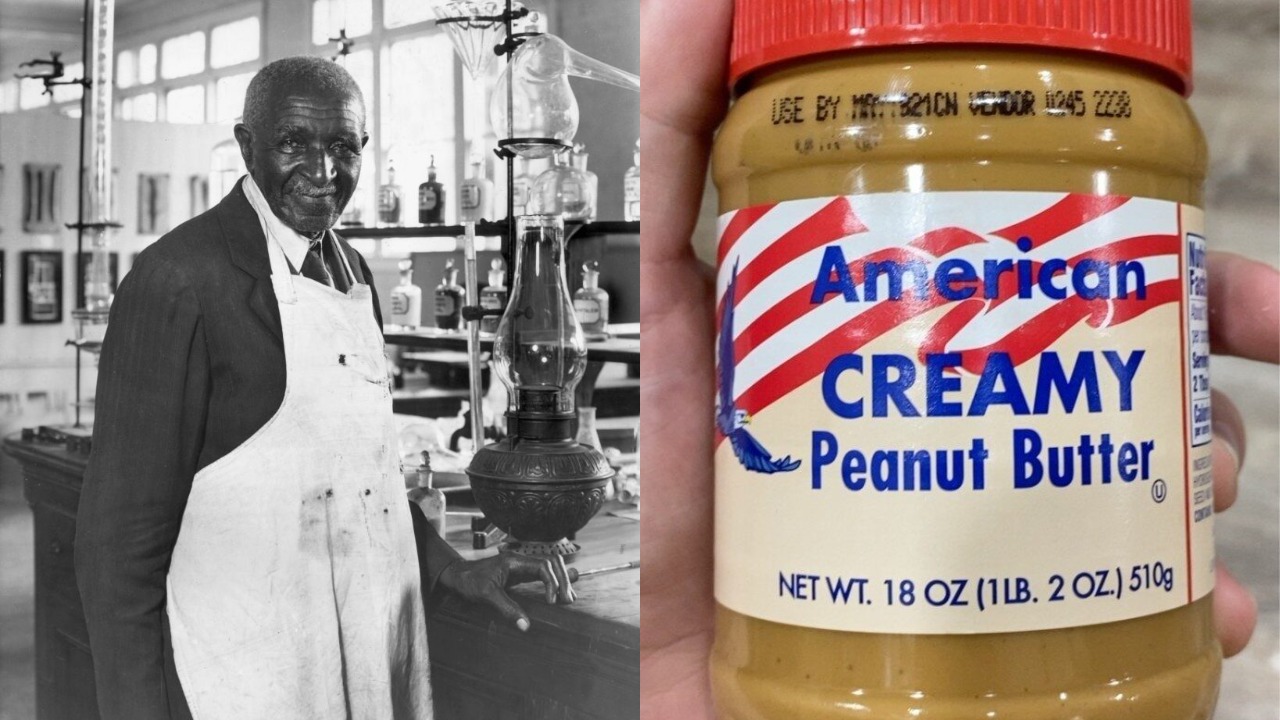

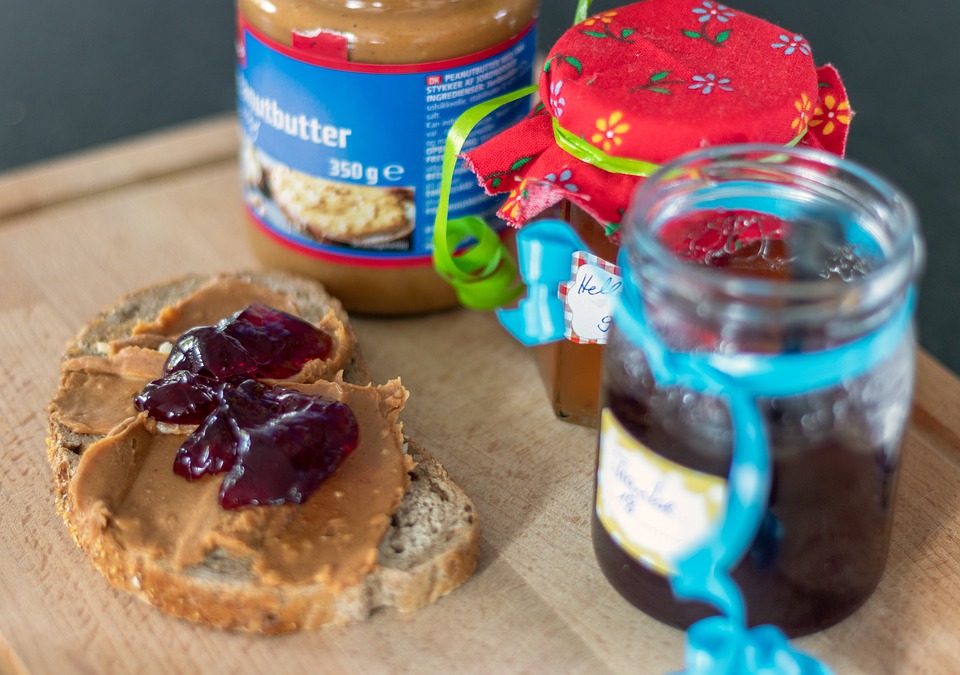


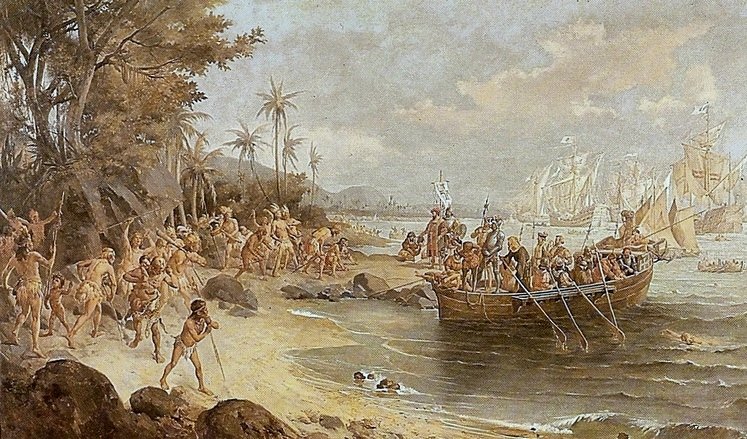
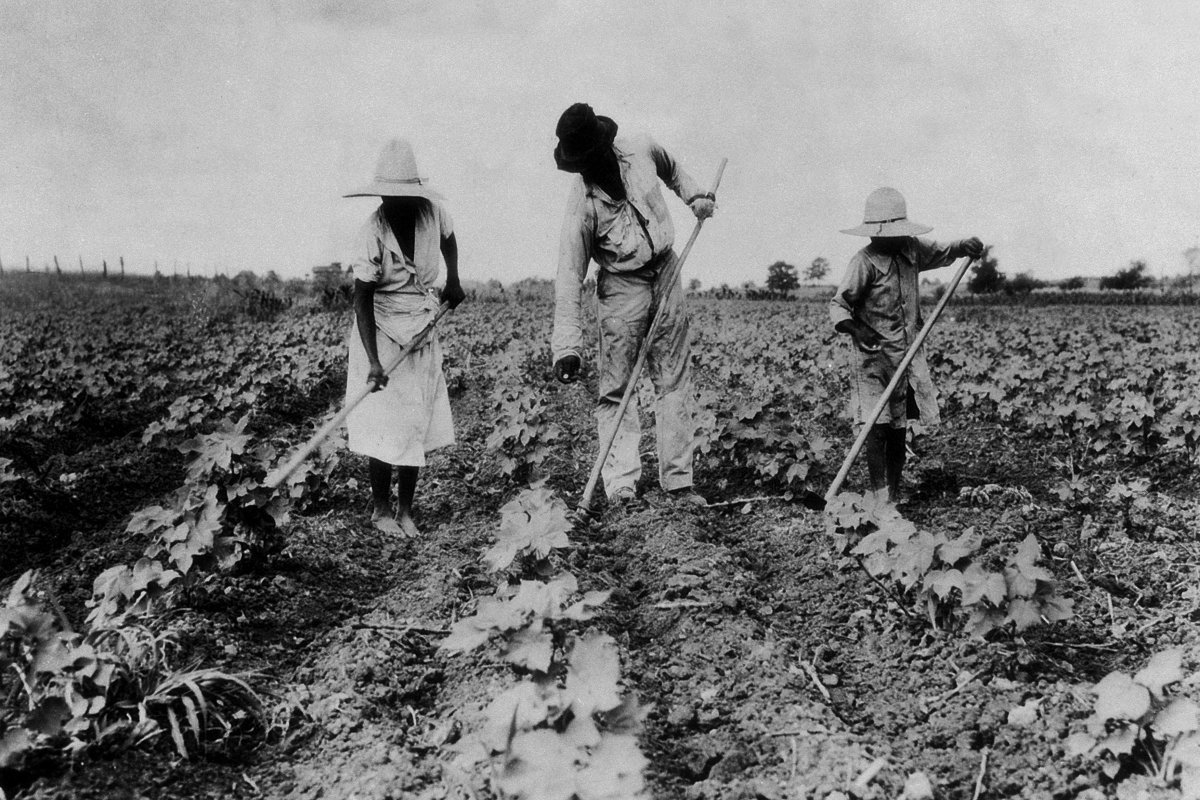

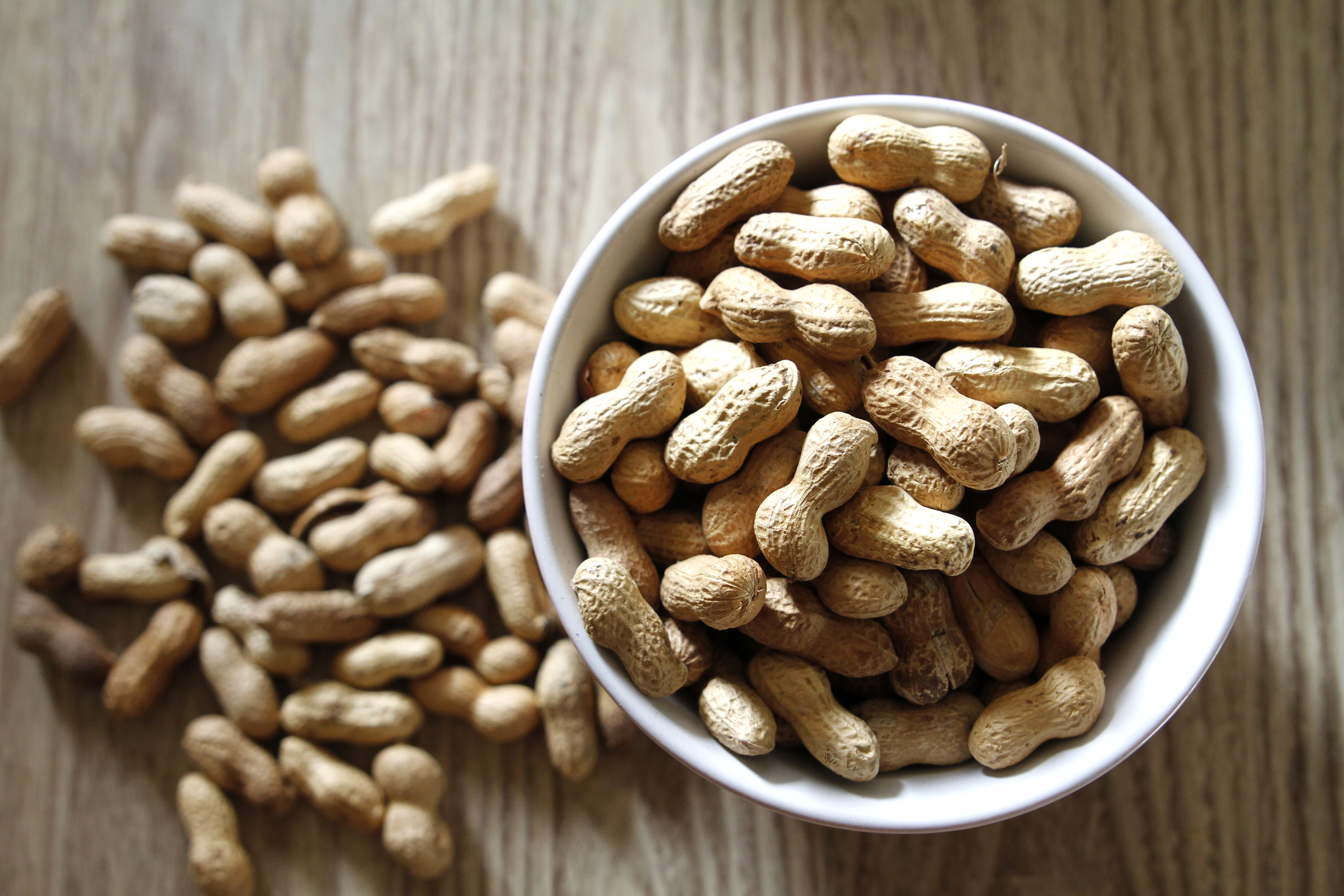
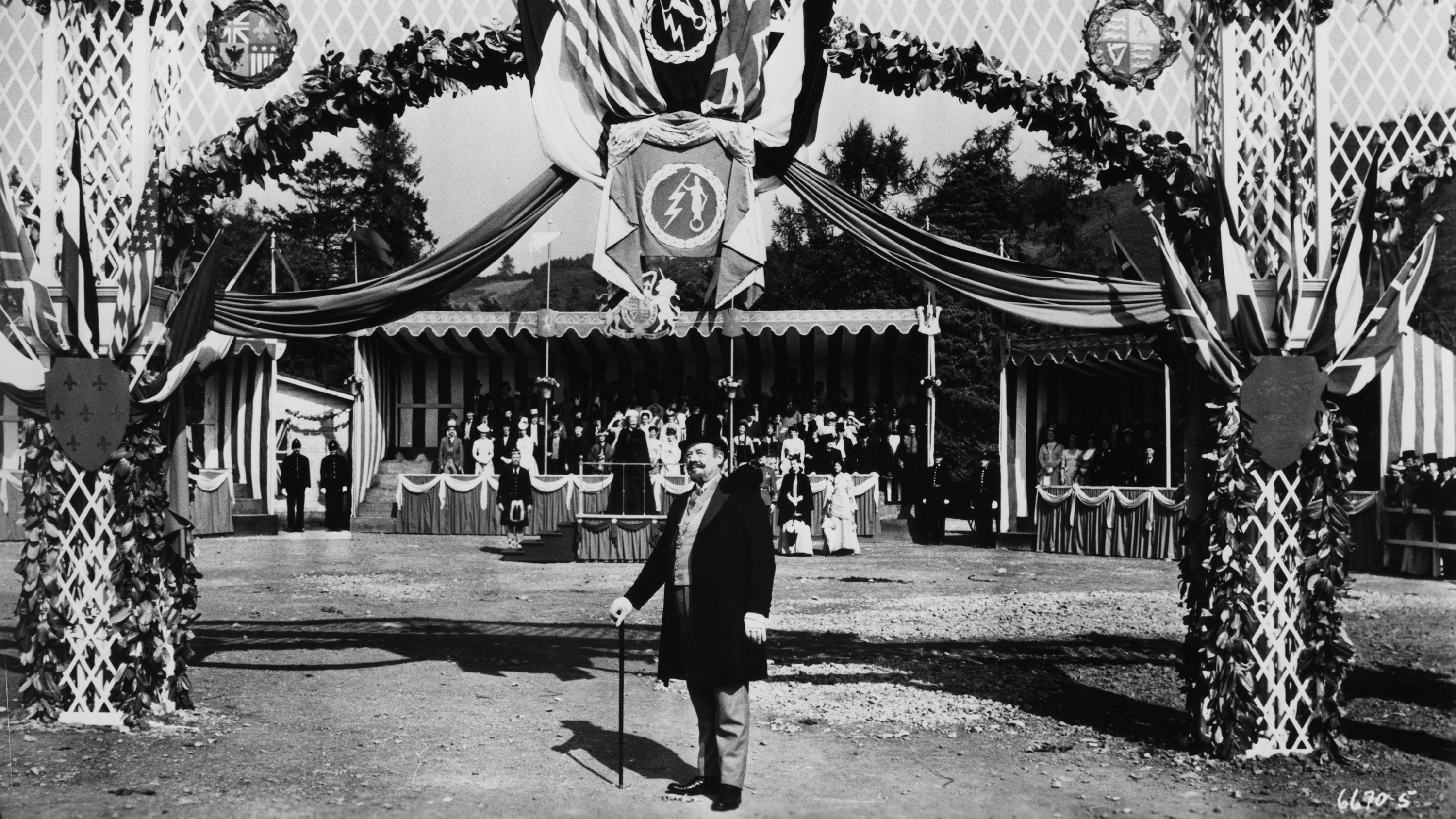
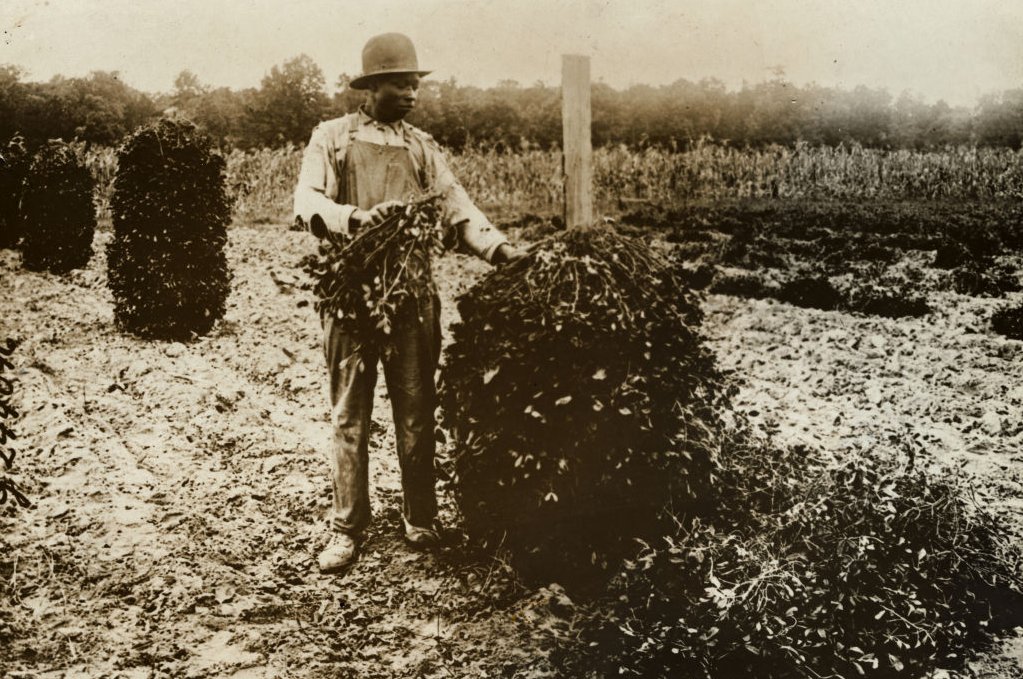
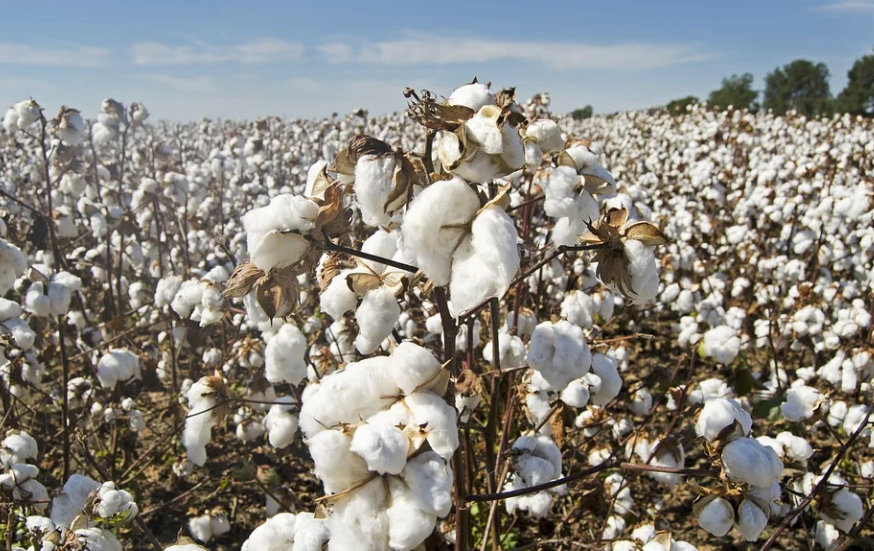



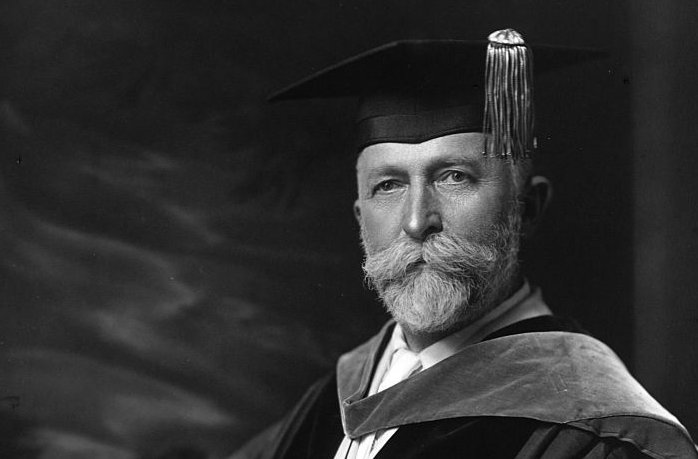
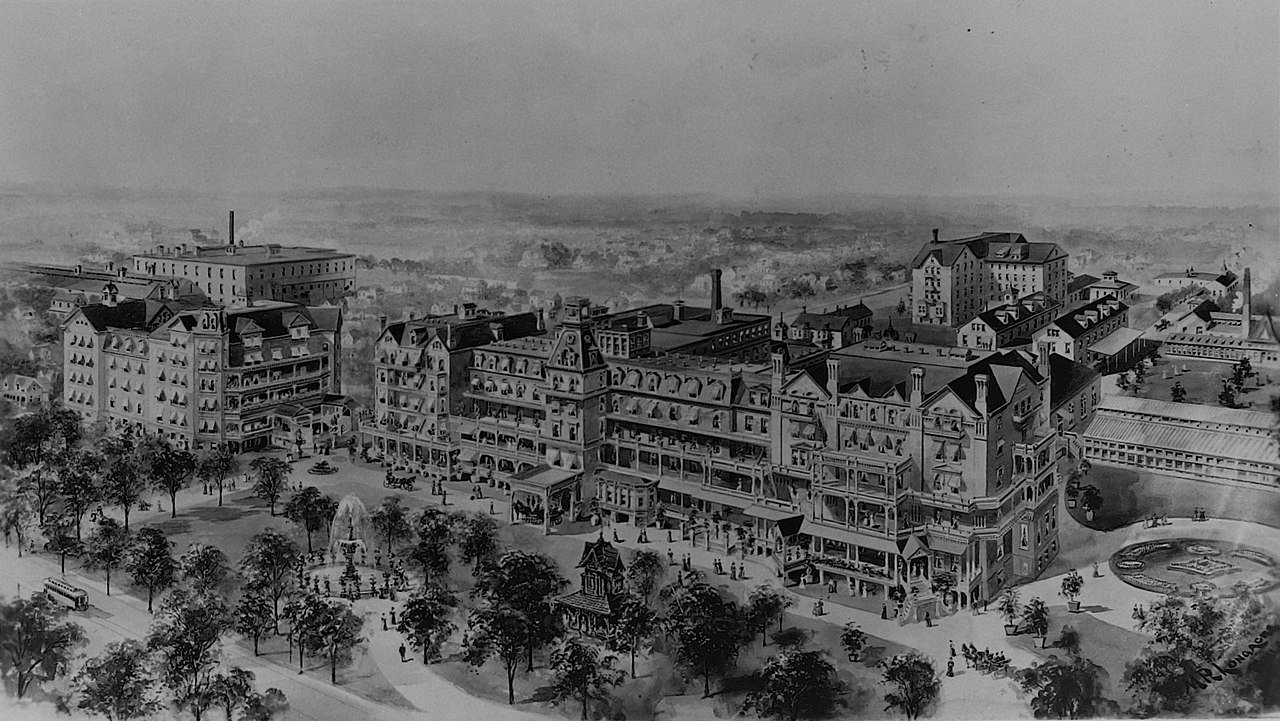
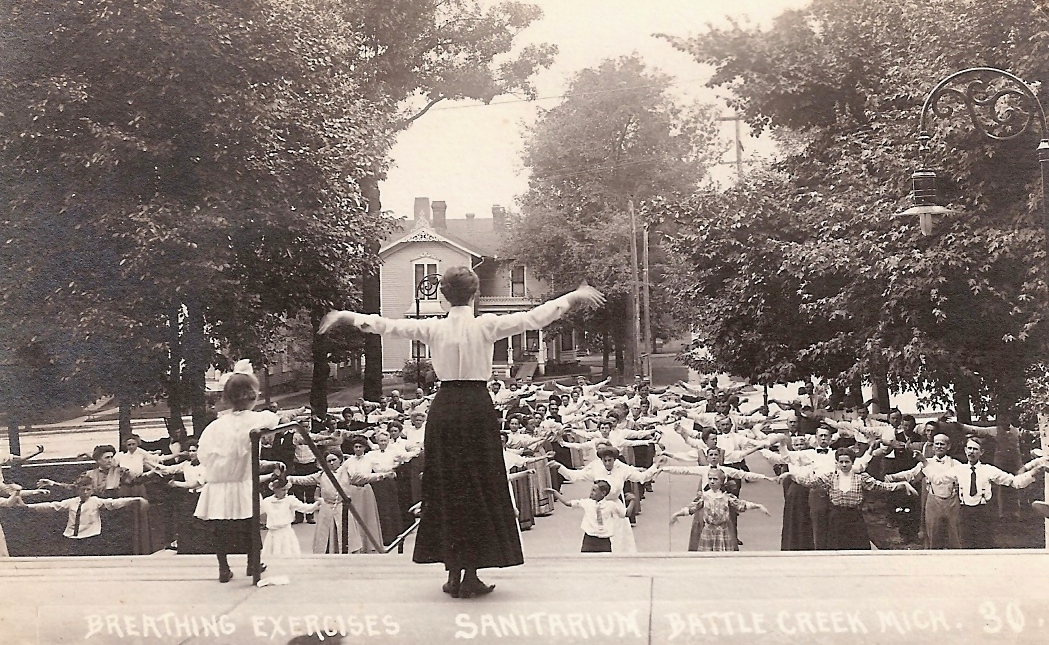
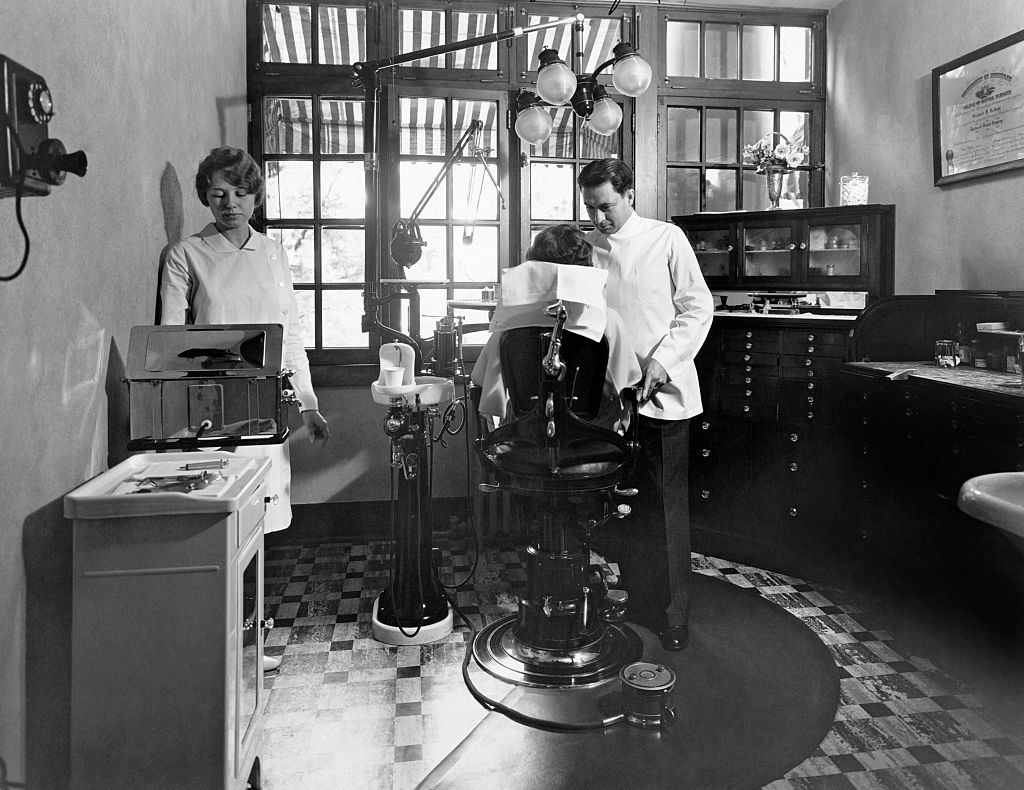

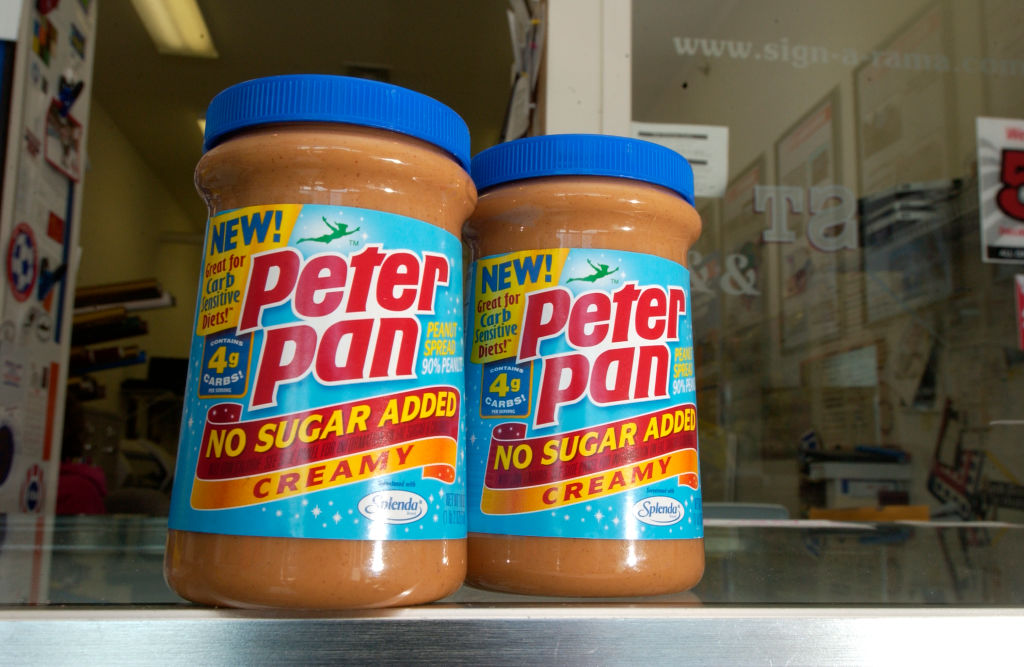



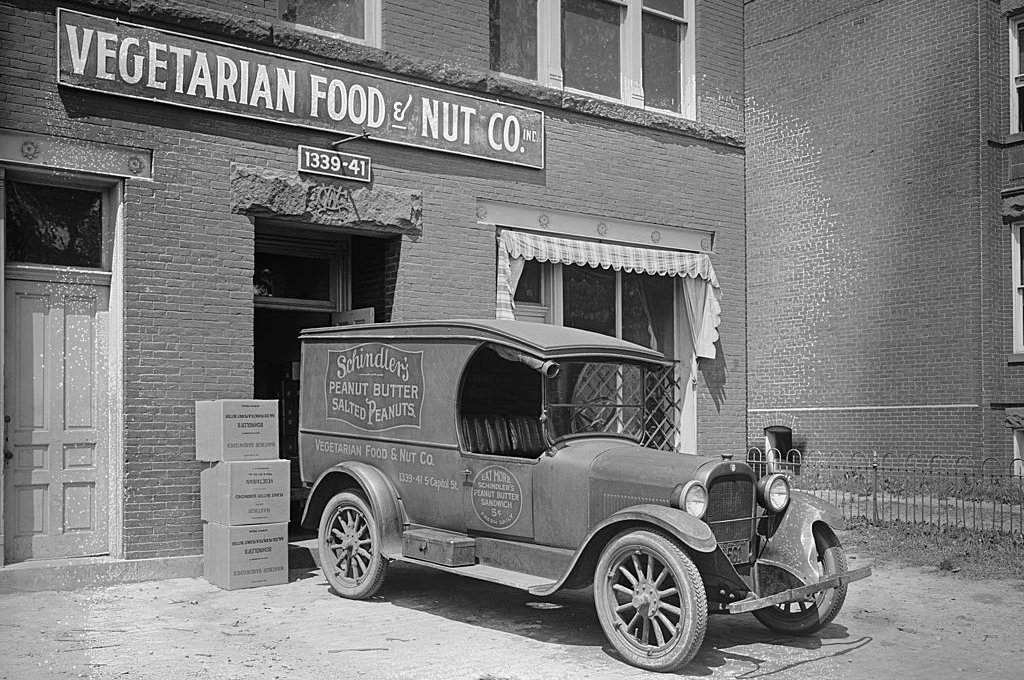
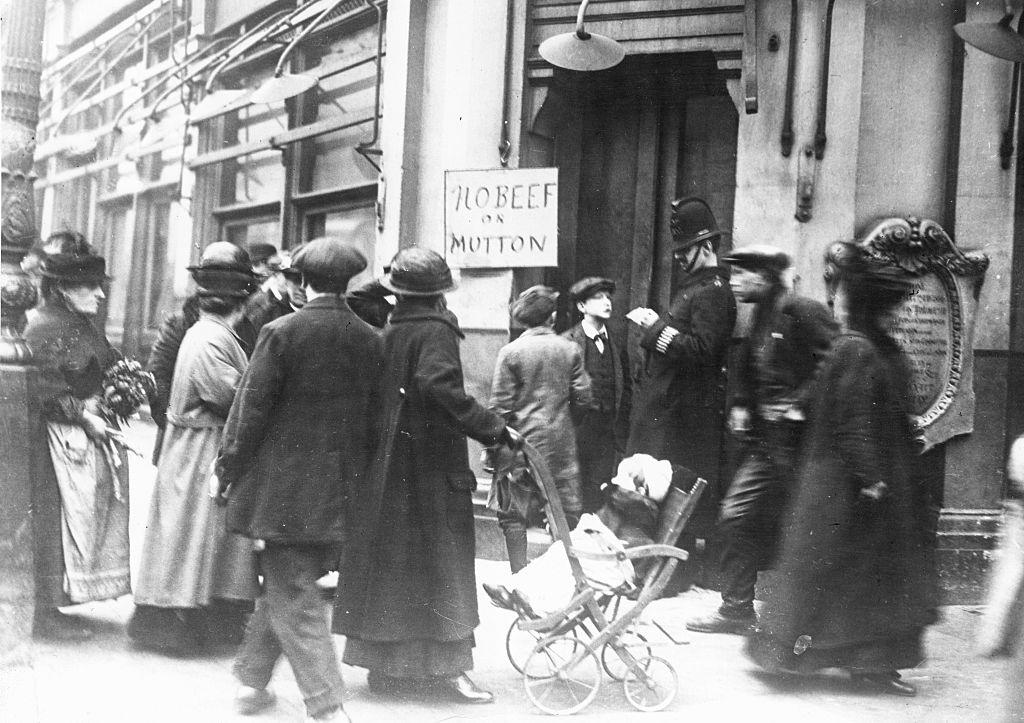
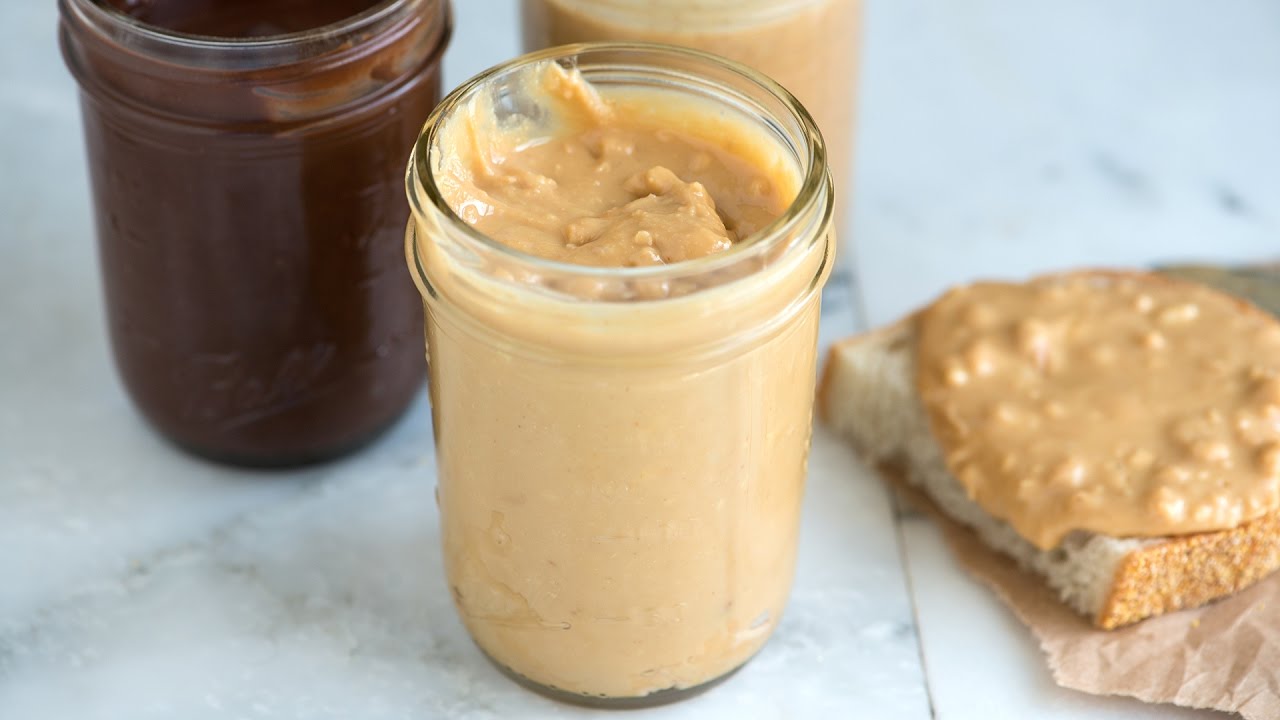
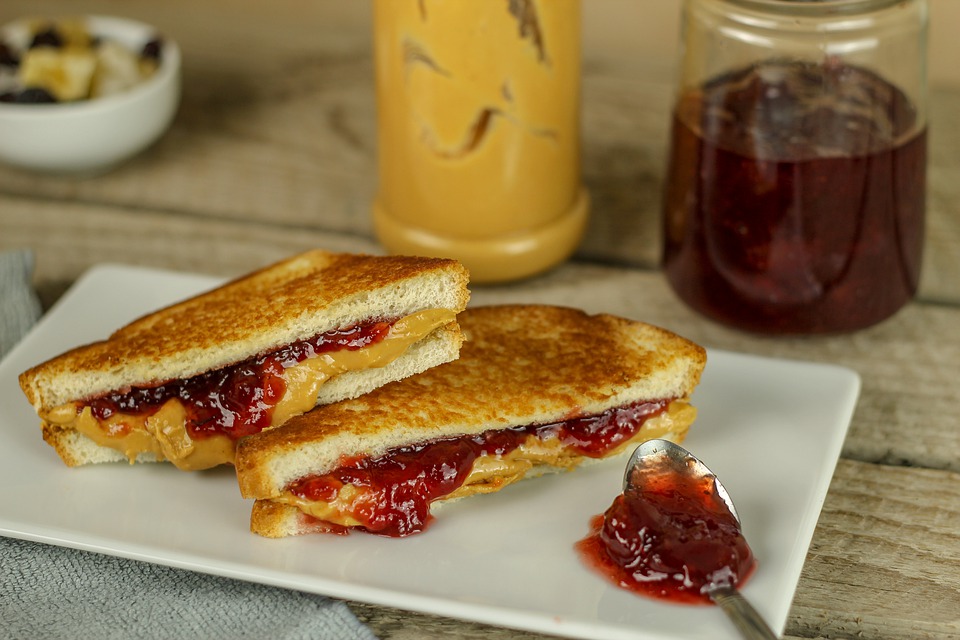
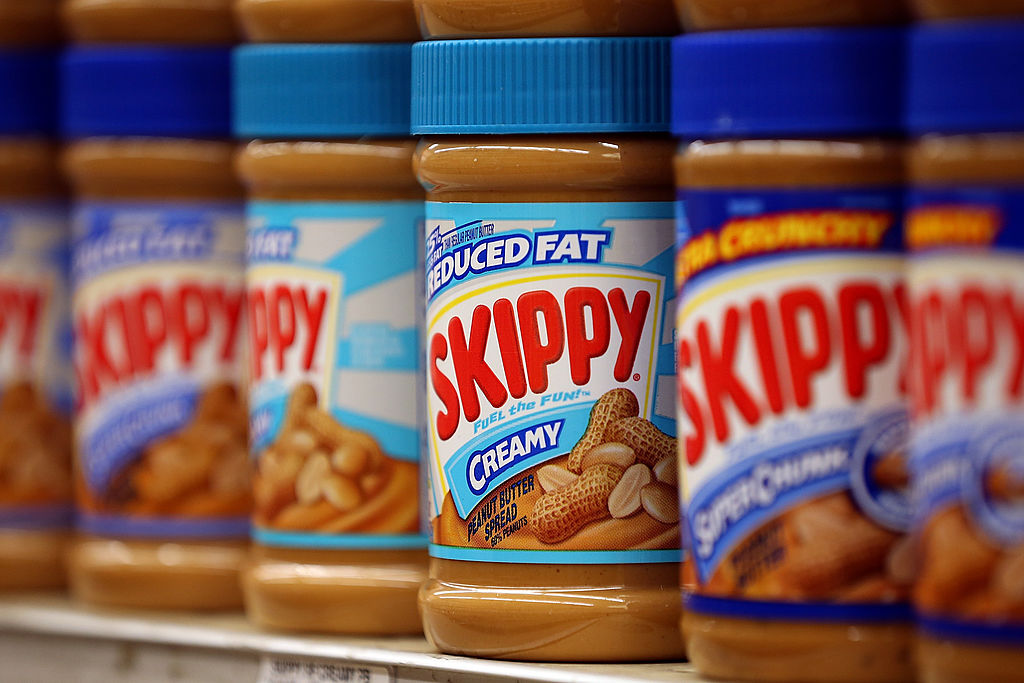
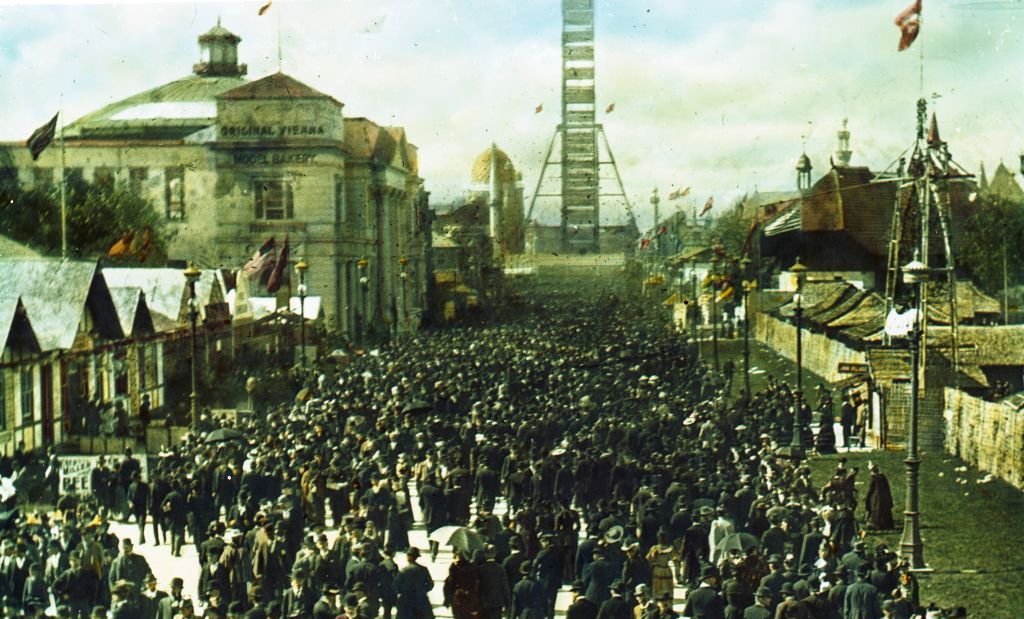
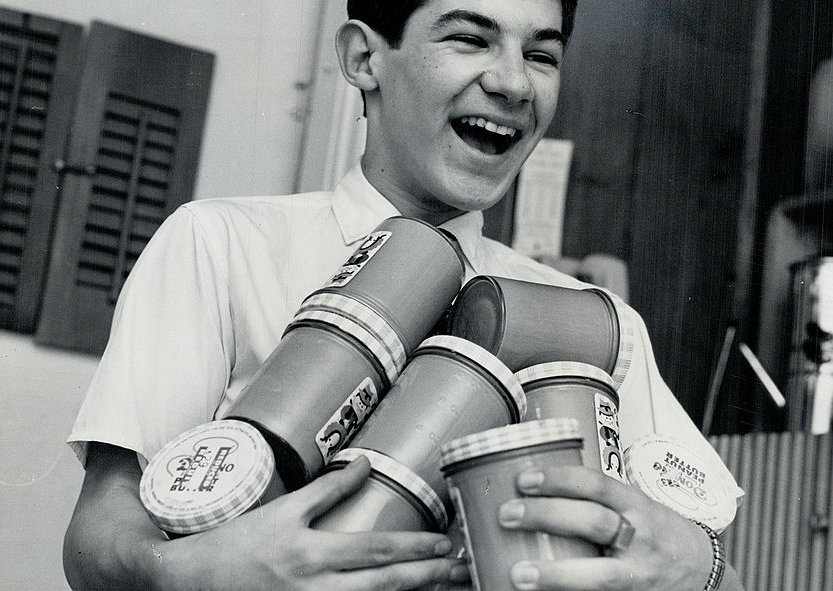
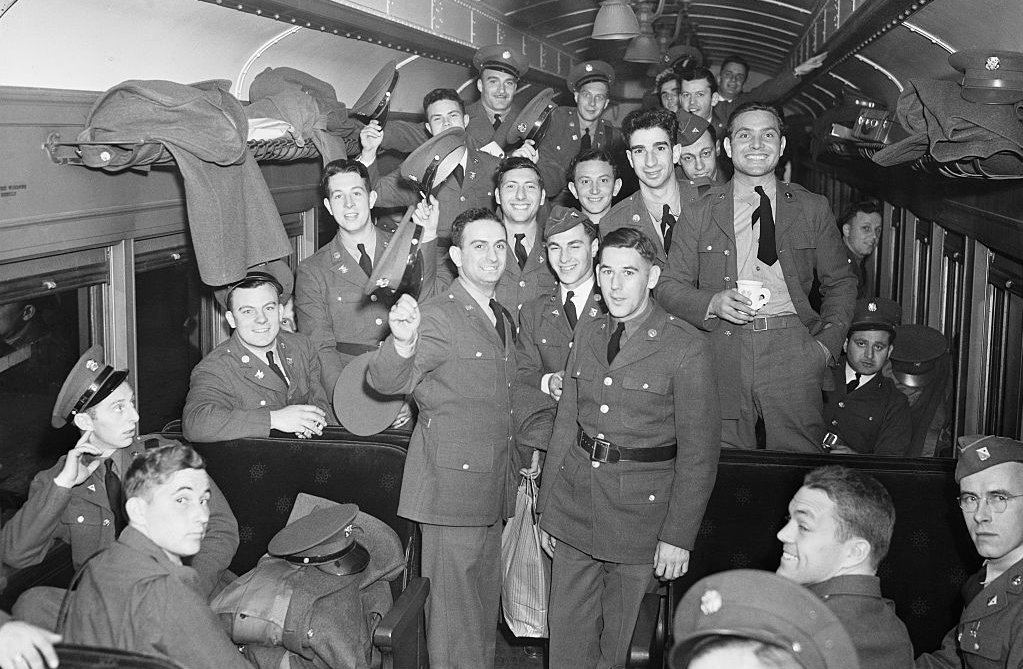
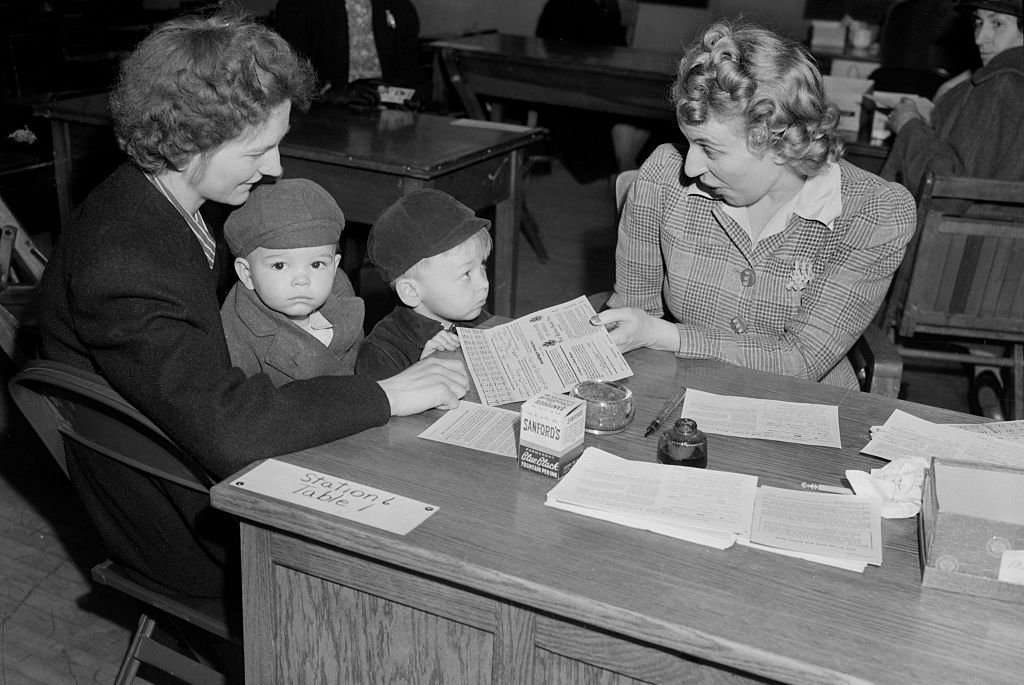
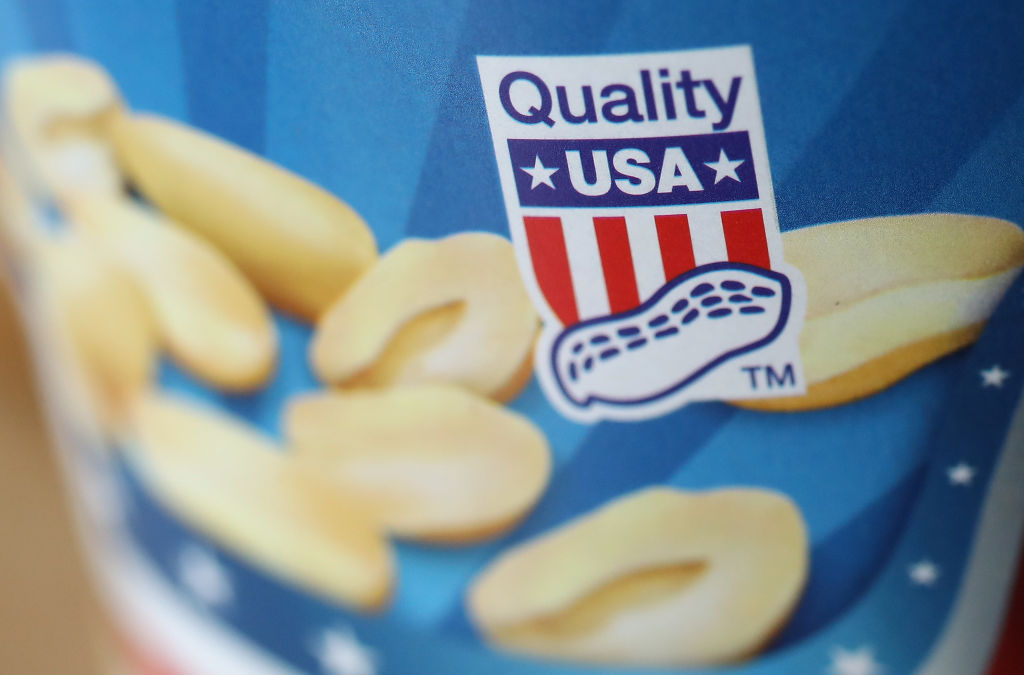
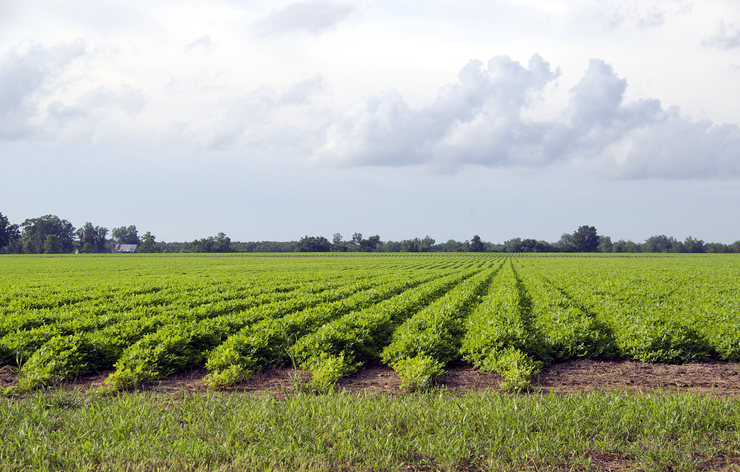

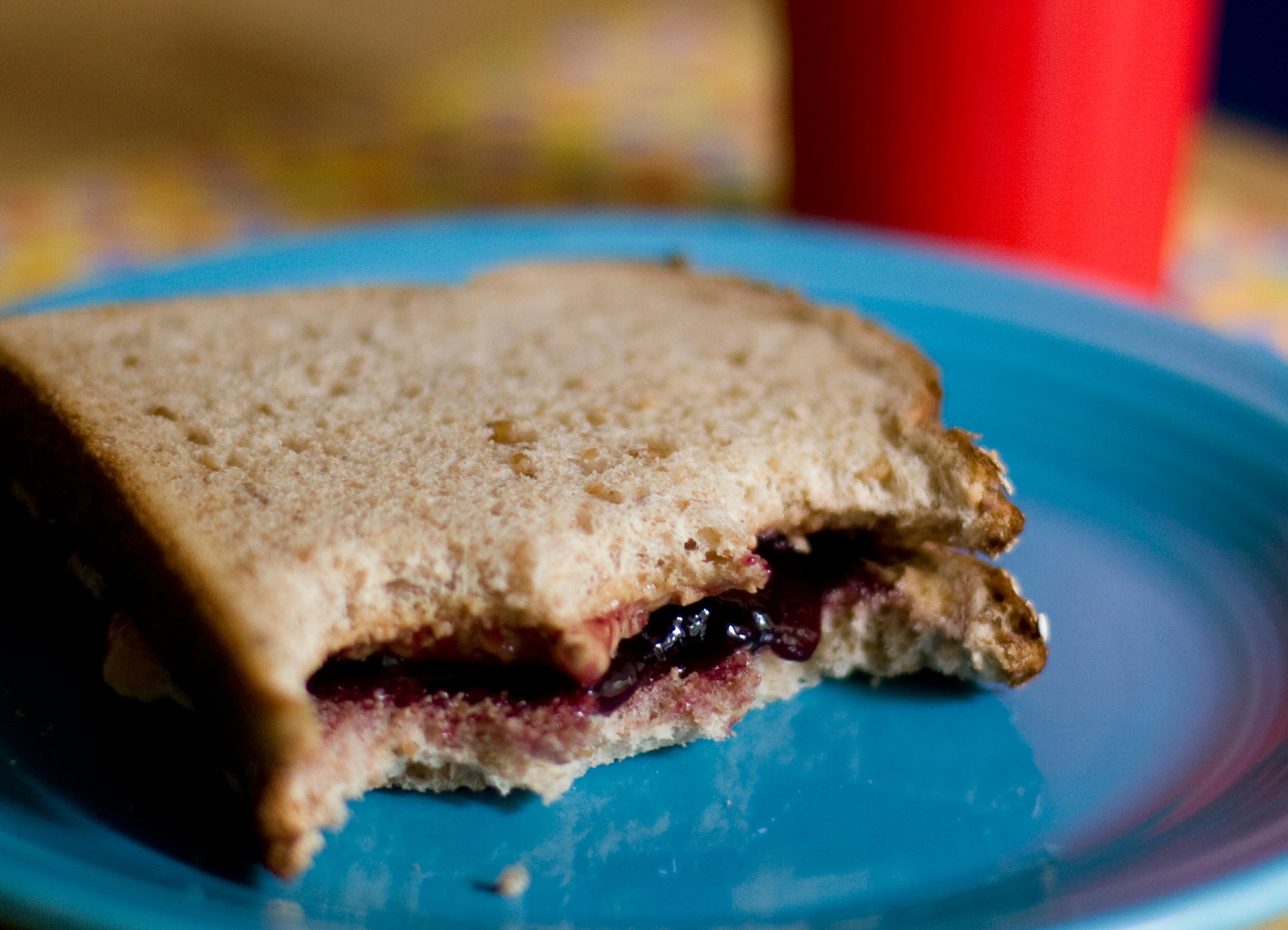
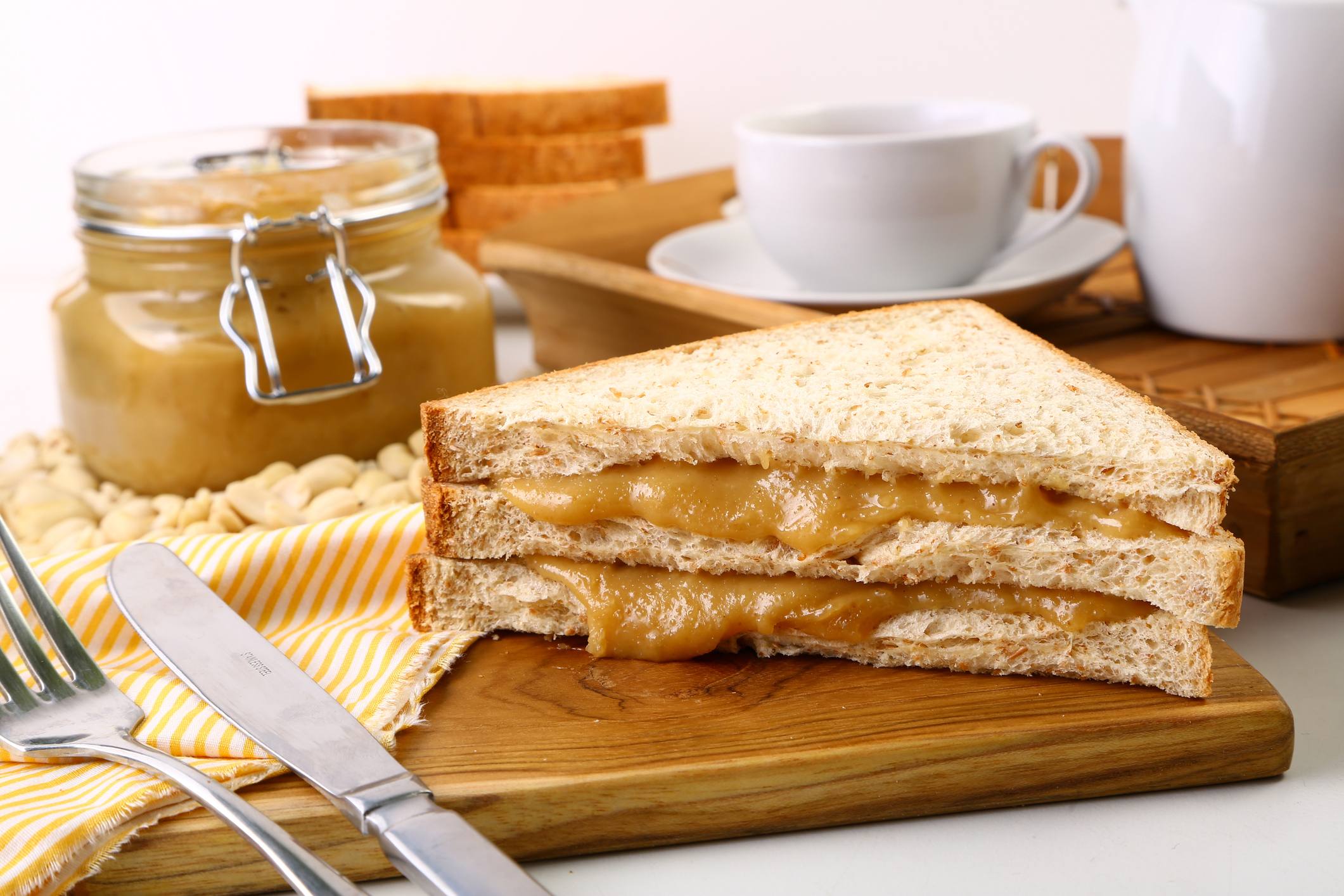



No comments:
Post a Comment